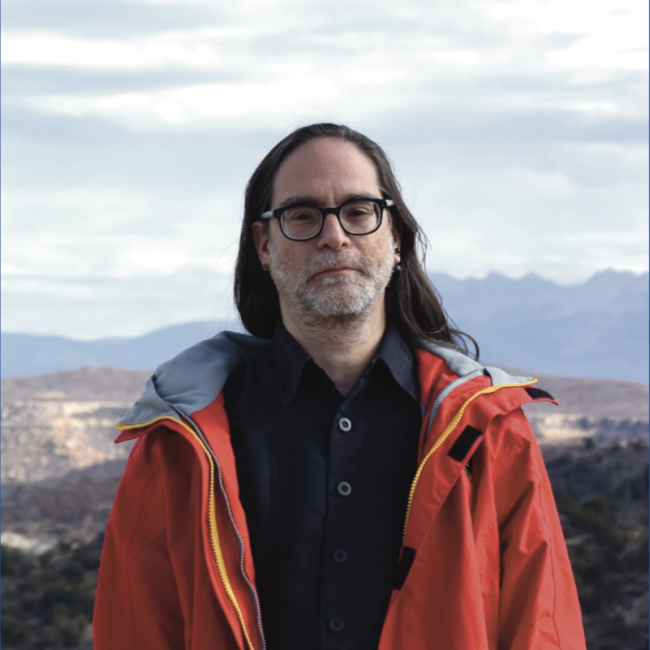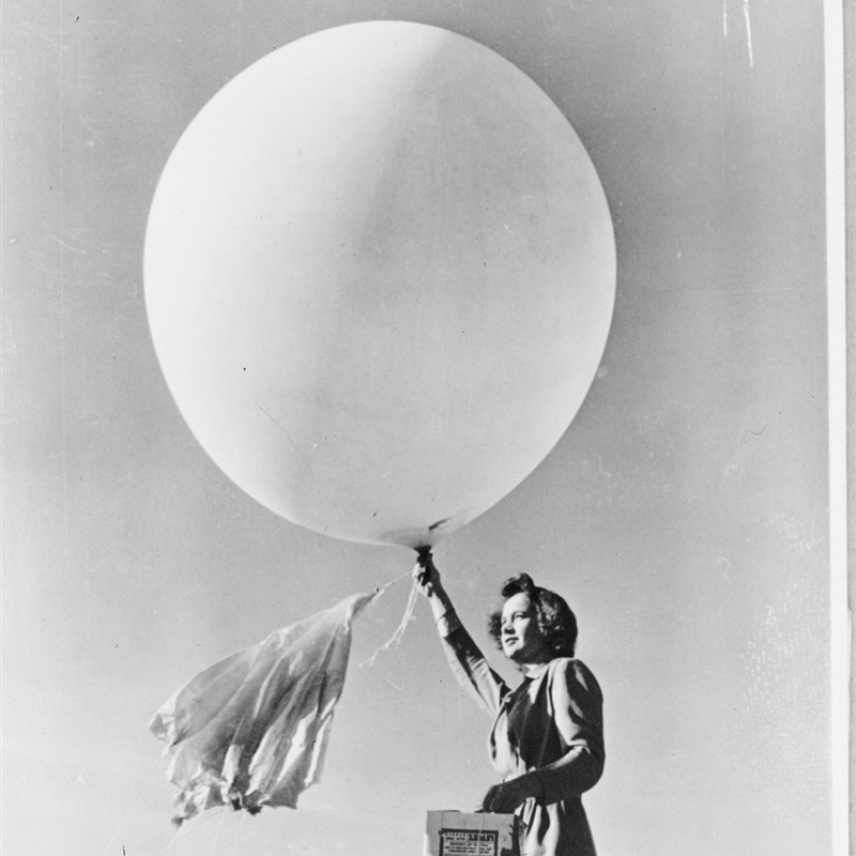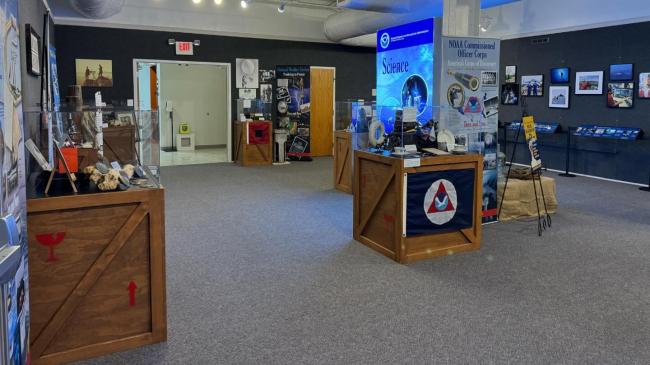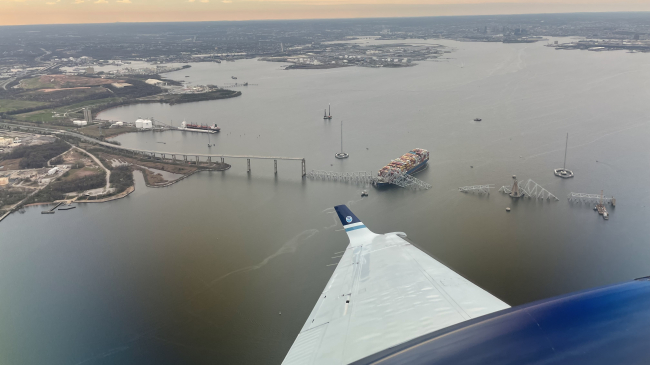This oral history was conducted by Molly Graham in 2019 as a part of the NOAA 50th Anniversary Oral History Project.
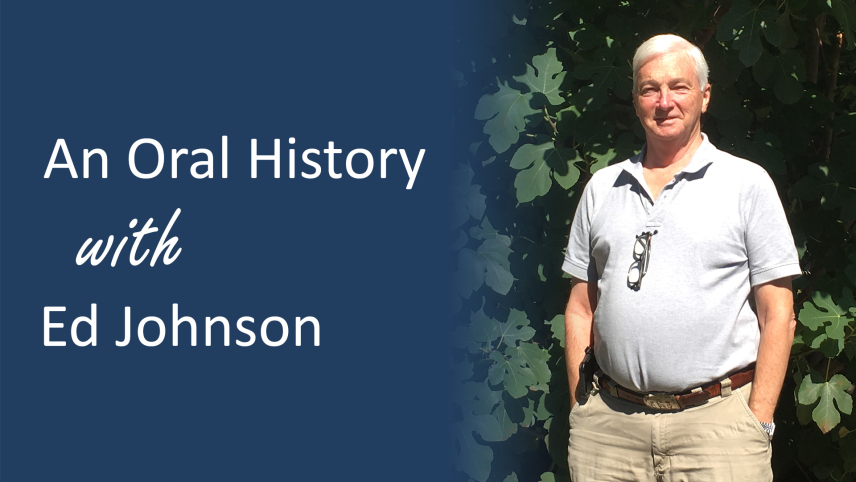
Tenure at NOAA: 1978-1979; 1983-2015 (retired) (Image credit: NOAA Heritage)
A self-described “sciency kid,” Dr. Edward Johnson’s intellectual curiosity led him through diverse jobs early in his career, including building mathematical models to figure out how to get rid of garbage in the Detroit suburbs.
Degrees from MIT and a passion for water resources management led Dr. Johnson to NOAA in 1978, where he helped lead the hydrology office from its infancy and saw the National Weather Service through major change. Dr. Johnson retired from NOAA in 2015 as NWS’ director of strategic planning and policy.
Hear a snippet of the interview recorded Sept. 25, 2019:
Listen to the full interview with Edward Johnson.
Transcript:
MG: Where did the interest in hydrology originate?
EJ: Well, it was water resources and hydrology. So, hydrology is the science of what happens to water after it hits the ground. I was also interested in the social side and the economic side and the large scale system design stuff, the underlying economics.
MG: When you graduated with your PhD, you went on to work immediately for the National Weather Service.
EJ: Yes, I did. That’s an interesting connection. One of my professors at MIT had gotten a job at the Weather Service. It’s interesting for several reasons. The Weather Service predicts the weather, but they also predict floods. Prediction in hydrology is a very small specialty in hydrology. Almost all hydrology work is design-oriented, not predictive. Prediction is a small subspecialty in hydrology, but it’s really interesting. It is a different challenge and one that has more immediacy. So, I thought it was fascinating.
MG: Talk to me about when you first arrived. This was 1978. Where were you based?
EJ: It’s the Hydrologic Research Lab, and it was in the Gramax Building, which is on 13th Street in Silver Spring. Hydrology in the river forecasting sense was part of the Weather Service ever since there was a Weather Service. So forecasting the rivers was an initial mission function of the National Weather Service. It’s always been a part of the Weather Service.
So, I worked for about a year and a half as a research hydrologist in the late ’70s. They were at the end of the useful life of the software system that was being used for forecasting rivers. They wanted there to be one system that all of the river forecast centers of the United States used. At the time, that wasn’t true. There was a nationally supported system called Version Four of the National Weather Service River Forecast System, NWSRFS, and it didn’t have a broad enough set of features for all the river forecast centers in the country to use it. So they wanted to design a system that would be ultimately used nationally by everyone in the Weather Service that did river forecasting, and I got involved in that design project.
I think, in part, because I was a new guy– and naïve, oh my god – I got named as the coordinator. They had to carefully choose the title...
It’s one of the most memorable and pleasant projects I ever worked on. The people I worked with are great. The Weather Service is – NOAA is – a spectacular organization. It is an honor to be associated with it. Everybody, just about everybody that works for NOAA, feels that way.


